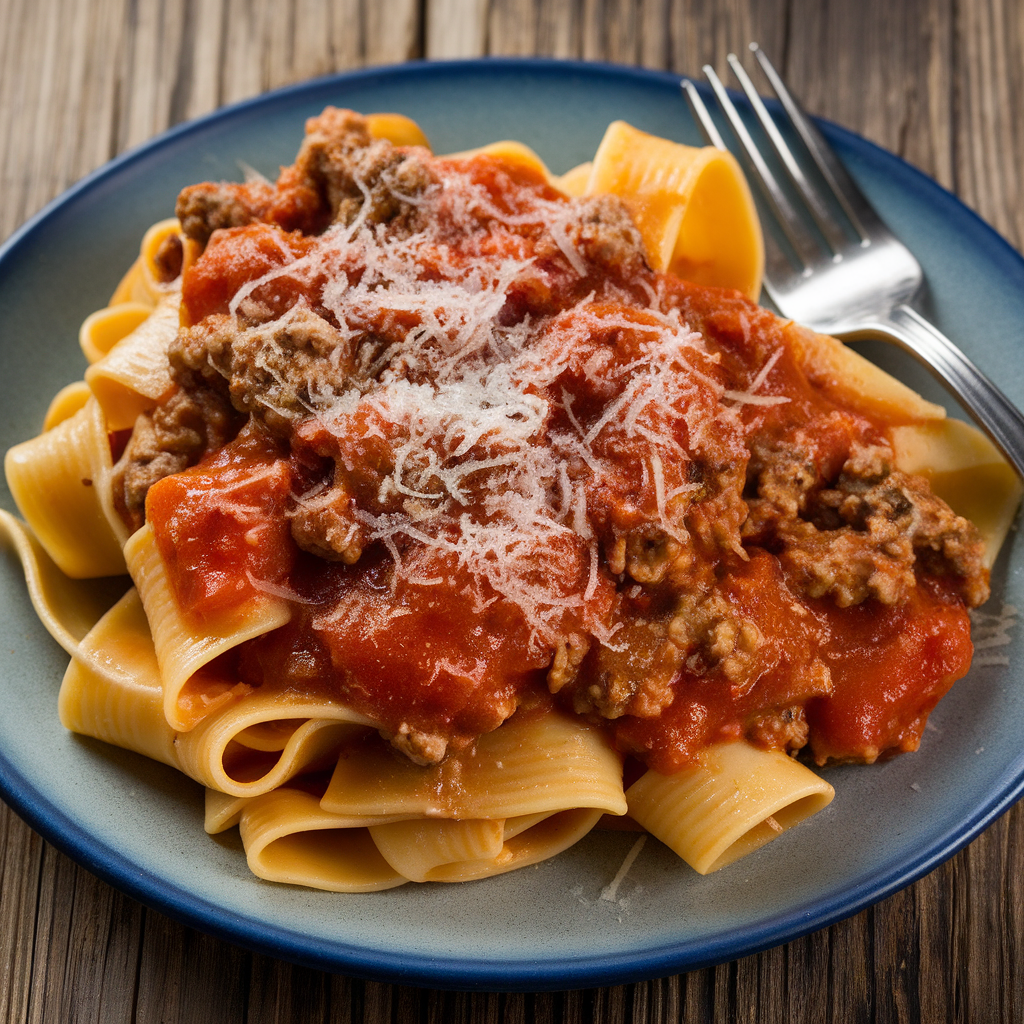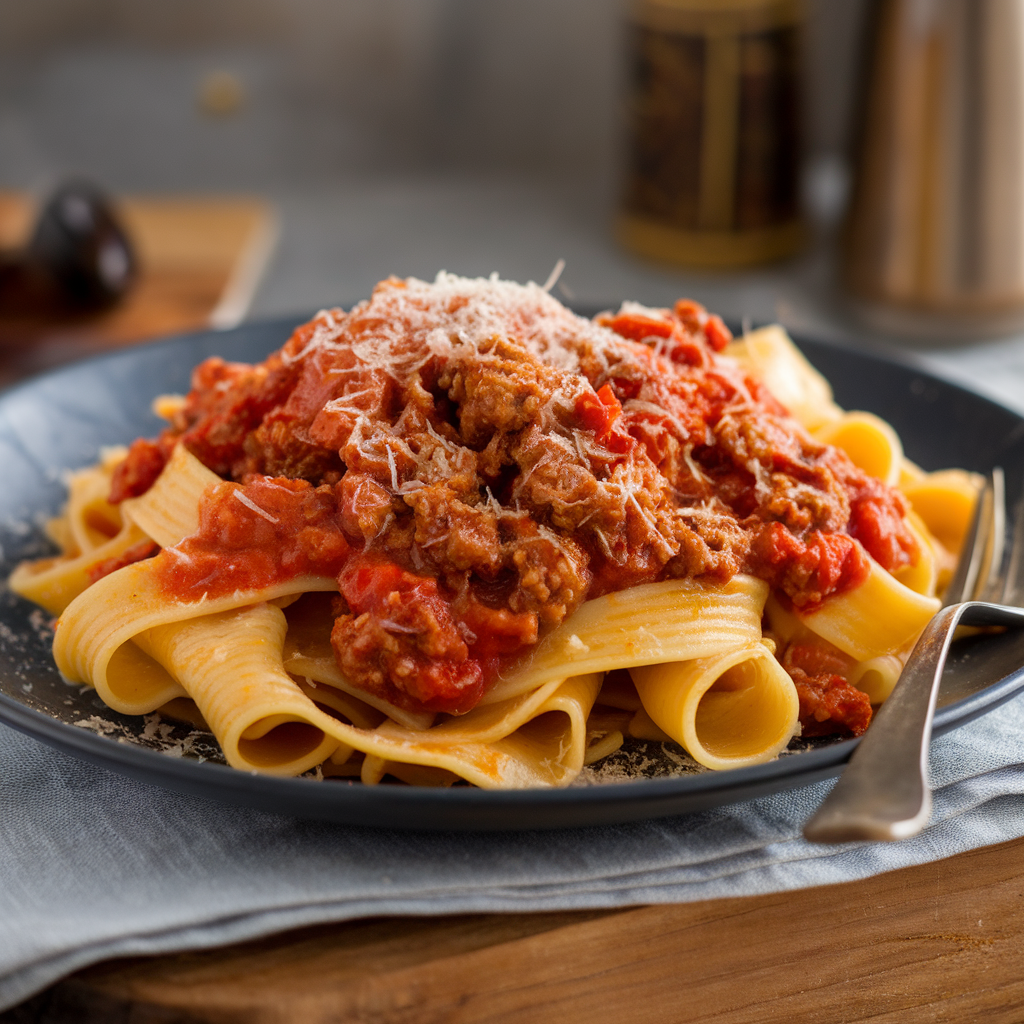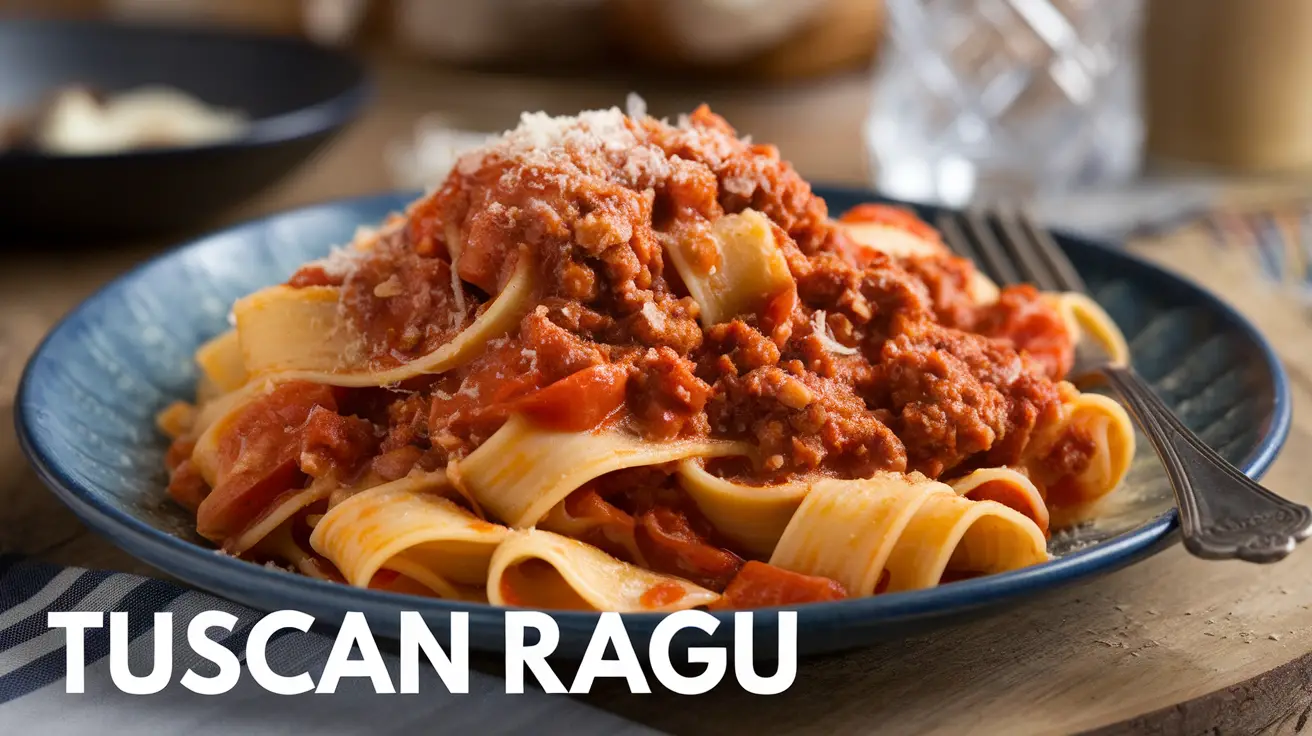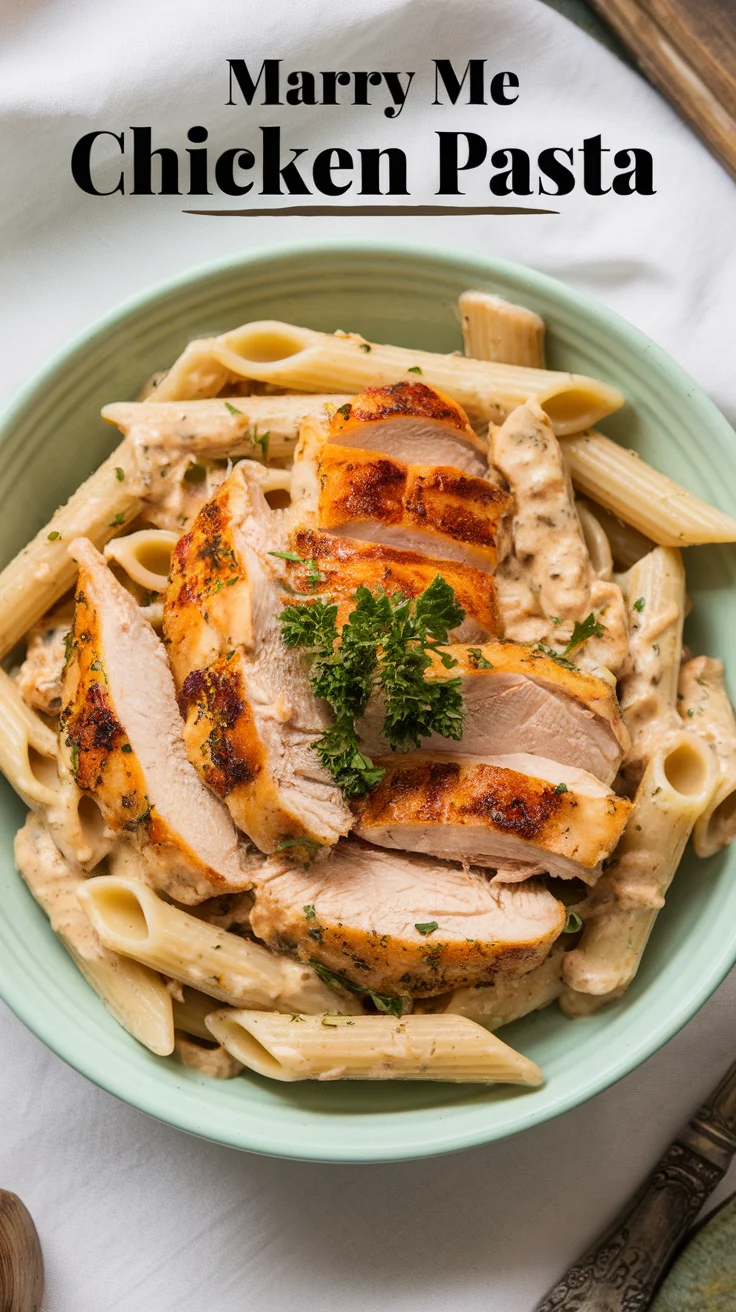Tuscan Ragu is the heart and soul of Italian cuisine—rich, hearty, and brimming with robust flavors. This versatile meat-based sauce pairs perfectly with pasta and makes a comforting meal for any occasion. While many traditional ragu recipes include wine, this non-alcoholic version retains all the classic flavors, making it suitable for all ages and preferences. Whether you’re a fan of classic Italian pasta dishes or you’re looking to explore new Tuscan recipes, this ragu sauce will become your new favorite.
In this article, we’ll walk through the history of Tuscan ragu, tips for achieving its signature depth of flavor without alcohol, and, of course, the full recipe that will help you create an unforgettable Italian dinner.
The History of Ragu
The term “ragu” originates from the French word ragout, meaning a stew of meat and vegetables. Italian chefs adopted this cooking method in the 18th century, adapting it to suit local ingredients and flavors. Tuscan ragu, specifically, is known for its simplicity and earthy richness, reflecting the rustic traditions of the region. Unlike the more tomato-heavy ragus of southern Italy, Tuscan ragu balances meat, aromatics, and herbs for a perfectly hearty yet refined sauce.
Key Ingredients for the Perfect Tuscan Ragu (Without Alcohol)
While wine often plays a key role in traditional recipes, it’s entirely possible to achieve a delicious depth of flavor without it. Here’s how:
- Ground Meat: A mix of ground beef and pork is ideal, but you can also use veal or turkey for a lighter version. The combination of meats creates the rich, savory base of the sauce.
- Aromatic Vegetables: A blend of finely chopped onions, carrots, and celery (known as soffritto) forms the foundation of the flavor.
- Tomatoes: Use crushed tomatoes or tomato passata for a smooth, luscious texture.
- Broth or Stock: Instead of wine, a high-quality chicken or vegetable broth adds depth and enhances the overall flavor.
- Hierbas: Bay leaves, fresh thyme, and a touch of rosemary give the sauce its Tuscan character.
- Aceite De Oliva: Extra virgin olive oil is essential for sautéing and finishing the dish.
- La Pasta: Pair your ragu with tagliatelle, pappardelle, or any other hearty pasta that can hold up to a rich sauce.

Ingredientes:
- 2 tablespoons extra virgin olive oil
- 1 medium onion, finely diced
- 2 medium carrots, finely diced
- 2 celery stalks, finely diced
- 2 dientes de ajo, picados
- 1 pound ground beef
- 1/2 pound ground pork
- 1 cup chicken or vegetable broth
- 1 can (14 ounces) crushed tomatoes or tomato passata
- 1 cucharada de pasta de tomate
- 1 cucharadita de orégano seco
- 2 hojas de laurel
- 1 sprig of fresh rosemary or thyme
- Sal y pimienta negra recién molida, al gusto
- 12 ounces pappardelle or tagliatelle pasta
- Grated Parmesan cheese for serving
- Fresh parsley, chopped, for garnish (optional)
Instrucciones:
- Prepare the Soffritto: Heat the olive oil in a large skillet or heavy-bottomed pot over medium heat. Add the onions, carrots, and celery, and sauté for 5-7 minutes until softened and fragrant. Stir in the minced garlic and cook for an additional minute.
- Dorar la Carne: Add the ground beef and pork to the pot. Use a wooden spoon to break up the meat into small pieces. Cook until browned and no longer pink, about 8-10 minutes.
- Build the Sauce: Stir in the tomato paste and cook for 1-2 minutes to deepen its flavor. Add the crushed tomatoes, broth, dried oregano, bay leaves, and fresh rosemary. Season with salt and pepper to taste.
- Simmer the Ragu: Reduce the heat to low, cover the pot partially, and let the sauce simmer gently for 1-2 hours. Stir occasionally and add more broth if needed to maintain a rich, saucy consistency.
- Cook the Pasta: About 10 minutes before the ragu is ready, bring a large pot of salted water to a boil. Cook the pasta according to the package instructions until al dente. Reserve 1/2 cup of pasta water before draining.
- Combine and Serve: Remove the bay leaves and rosemary sprig from the ragu. Toss the cooked pasta with the sauce, adding a splash of reserved pasta water if needed to coat the noodles evenly. Serve immediately, topped with grated Parmesan and fresh parsley, if desired.
Tips for Making the Best Tuscan Ragu
- Slow Cooking is Key: The secret to a great ragu is patience. Letting the sauce simmer for an extended period allows the flavors to meld and intensify.
- Don’t Skimp on the Soffritto: Take your time sautéing the onions, carrots, and celery. These aromatics provide a crucial depth of flavor.
- Use Quality Ingredients: Opt for high-quality canned tomatoes and olive oil. These staples make a big difference in the final dish.
- Customize the Meat Blend: Experiment with different combinations of ground meat, like lamb or turkey, for a unique twist.
- Hacer Por Delante: Ragu tastes even better the next day, so consider preparing it in advance for maximum flavor.

Why Choose Non-Alcoholic Tuscan Ragu?
This ragu recipe skips the wine but doesn’t sacrifice flavor, making it an excellent option for:
- Family Dinners: Perfect for kids or those who prefer alcohol-free meals.
- Health-Conscious Eaters: Reducing alcohol doesn’t just lower calories but also keeps the recipe wholesome and heart-healthy.
- Everyday Cooking: You likely already have all the ingredients at home, making this recipe both accessible and budget-friendly.
Pairing Your Tuscan Ragu with the Perfect Pasta
Tuscan ragu works best with hearty pasta that can hold up to its thick, meaty texture. Here are some great options:
- Pappardelle: Wide, flat noodles that pair beautifully with chunky sauces.
- Tagliatelle: Slightly thinner than pappardelle but equally robust.
- Rigatoni: Tube-shaped pasta with ridges that trap the ragu for every flavorful bite.
- Spaghetti: A classic choice for any Italian sauce.
Beyond Pasta: Other Creative Uses for Tuscan Ragu
While this sauce shines with pasta, it’s also incredibly versatile. Here are some other ways to enjoy it:
- Polenta Topping: Serve the ragu over creamy polenta for a comforting and hearty meal.
- Stuffed Vegetables: Use it to fill bell peppers, zucchini, or eggplant for a delicious twist.
- Lasagna Layers: Swap out traditional Bolognese for this Tuscan ragu in your favorite lasagna recipe.
- Baked Potatoes: Spoon the ragu over baked potatoes and top with cheese for a satisfying winter dinner.
Why Tuscan Ragu is a Must-Try Italian Recipe
Tuscan ragu epitomizes everything we love about Italian foods: simplicity, flavor, and tradition. It’s a dish that brings people together around the table, encouraging everyone to savor the moment. Whether you’re cooking for a weeknight dinner or a special occasion, this non-alcoholic version ensures everyone can enjoy the rich taste of this classic sauce.
Reflexiones Finales
This non-alcohol Tuscan ragu recipe is proof that you don’t need wine to create a deeply flavorful Italian pasta dish. With its rich texture, aromatic spices, and comforting taste, it’s the perfect addition to your collection of Italian dinner recipes. Pair it with your favorite pasta, garnish with fresh Parmesan, and enjoy a hearty meal that transports you straight to the Tuscan countryside.
So the next time you’re craving authentic Italian pasta recipes, give this Tuscan ragu a try. It’s simple, delicious, and sure to become a family favorite. Buon appetito!


